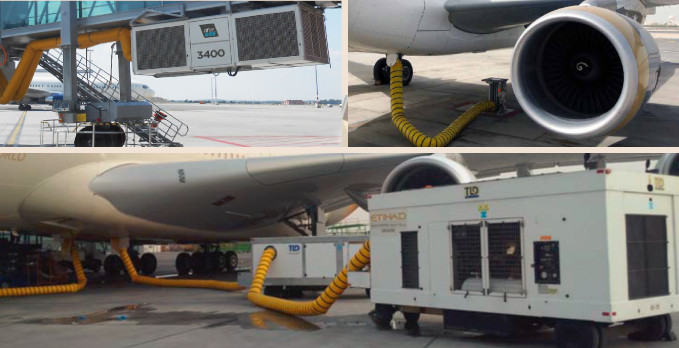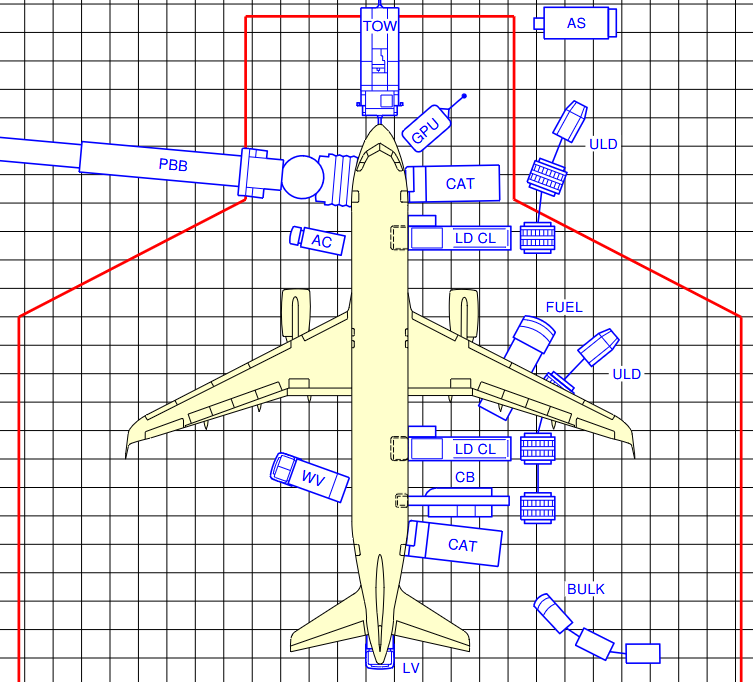Here are some ideas for your scenario.
Precompressed air and electric power
In most cases at large airports the aircraft doesn't use its internal APU (a small turbine supplying both compressed air and electric power) to save noise, pollutants and cost.
Instead there are connections to the bridge, to a truck or to the ground. For example the preconditioned air used for air-conditioning flows in these yellow flexible pipes (see @Ralph comment):

Source.
Other connections: Water, wasted water, fuel
There can also be other connections still in place (fuel, water, wasted water). The crew would need to disconnect corresponding pipes and cables; it's possible and that doesn't require any tool.
Here is a typical ramp scene for the A320; vehicles do not come or leave at the same time:

Source: Airbus, Airport and Maintenance Planning.
Everything must and can be disconnected
In your scenario if the crew discloses the actual reasons for this quick departure, the departure is going to resemble the tear-bursting Kabul withdrawal.
As soon as the aircraft doors are closed and it starts taxiing, the PIC (pilot in command of the aircraft) gets extended powers over everyone (inherited from merchant navy). But this is not the case when the aircraft is not in operation. With no push-back clearance, the ground support crews might not want to execute unusual pilot orders without their management approval.
However they mustn't damage the sockets. It would be hazardous to just move the plane until the connections break, e.g. the refueling nozzle would likely stay connected to the wing tank, allowing fuel to leak (see mechanism here); with engines running a fire is almost certain.
The aircraft crew can still go down the ramp using the bridge stairs (below the bridge on the first photo) and disconnect everything.
Ramp obstacles
The crew may also have to move some cart, truck or generator that might be in the way, but that should be manageable.
Open doors, servicing panels, locking devices
There are other points to be considered, like open doors and panels (on engines, on cargo holds, etc), chocks in place, gears moored with mechanical anchors. All of them are manageable without ground support. You can read about these elements on the same linked Airbus document, e.g. the connection points are all described at page 204, and mooring anchors at page 190.
Risks associated with powerback
Using reverse thrust to taxi back is possible but not entirely safe. In normal conditions such operation would have to be validated by the operator and the airport using OpSpec C065.
Taxi and take-off roll times
It can take time to reach the runway, depending on the airport layout. Taxiing faster than the allowed speed is not an option.
It also takes some time to align and accelerate for take-off. Fortunately that's usually only when $\small \rm V_R$ is reached the explosion pulverizes the terminal. This is the last trap: An educated author knows the shockwave only reaches the aircraft some time after seeing the flash, two long seconds for a distance of 2250 ft.
Such departure in a novel would be credible to a pilot, providing the crew takes the related actions.


